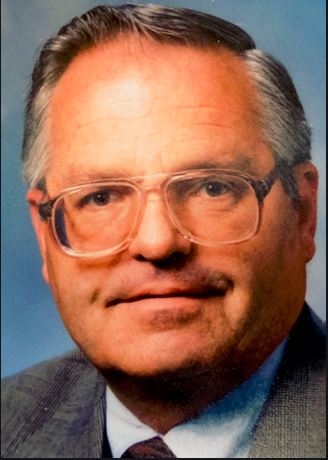Technical Writing for a Traditional 510(k) Submission
Duration : 90 Minutes
John E. Lincoln,
John E. Lincoln, is Principal of J. E. Lincoln and Associates LLC, a consulting company with over 38 years experience in U.S. FDA-regulated industries, 24 as an independent consultant. John has worked with companies from start-up to Fortune 100, world wide. He specializes in quality assuranc Read more
The majority of medical devices are cleared for marketing in the U.S. by the FDA under the 510(k) process. The FDA holds companies responsible for filing new 510(k)s when new products are to be marketed in the U.S., or when existing products and/or their Indications for Use are changed. What are the 21 mandatory elements? What technical writing skills and techniques can be used to clearly demonstrate to the Agency device safety and efficacy? How is Substantial Equivalence determined, proved, and documented? What should be included, and what should only be referenced? What new concerns need to be addressed now? How can companies make such determinations? Which is better, a Summary or a Statement? How can a company address the possibility of a new Class IIB designation beforehand? What approaches are required for product changes; or process changes? What about software "in-" or "as-product"? How does ISO 14971 Risk Management fit into the 510(k) process? How to maximize the 510(k) compilation process against scarce resources
Background:
The U.S. FDA requires that 21 basic elements be addressed in the traditional 510(k) submission. What are they and how are they addressed using technical writing skills and techniques?
Why Should You Attend:
The U.S. FDA mandates that the traditional 510(k) submission address 21 basic requirements. The "Special" and "Abbreviated" 510(k)s must also address them but in different ways. In addition, the FDA Task Force has identified several problem areas with the existing medical device 510(k) process, leading to the growing push by the Agency to strengthen the 510(k) process. Current methods are claimed to not be providing the product safety or efficacy seemingly promised. What can companies do proactively to address these concerns and better ensure a smoother review process, using technical writing skills and tools? Growing high-profile field problems indicate that change control and its effect on regulatory review activities are not yet fully utilizing the power of current risk management tools, which must be a part of s 510(k) submission. What can companies do in proactively addressing these issues, to "put the reviewer`s mind at ease" when reviewing a 510(k)? Fully complying with the 21 key requirements can be met by implementation of formal methods with documented, and defensible rationale.
Expectations for meaningful results-driven 510(k) submissions and documented product development activities are increasing among the U.S. FDA, as well as similar expectations by regulatory agencies worldwide. Growing high-profile field problems indicate that design control and its effect on new/changed products and the 510(k) review process is not as formal and rigorous as the FDA expects.
A growing push by the public and FDA itself to strengthen the 510(k) process is one result. How can a company maximize the data to prove compliance with the 21 FDA-defined requirements for a valid submission? For most companies, proactively addressing these concerns, spoken or unspoken, is not rocket science. Proactive implementation in current 510(k) submissions can minimize wasted resources, assist the FDA reviewer to clear the submission, speed up the entire process, and minimize the chance of a Not Substantially Equivalent decision.
Course Outline:
• The Three Types of 510(k)s and Their Uses
• The 21 Required Elements in the 510(k), and How Documented
• Using technical writing to format and document a submission Finding, Proving, and Documenting Substantial
• Addressing Product "With-" or "As-software" Issues
• The "Statement" or The "Summary"
• Documenting "Hazards Analysis", and the MAUDE Database
• The Declarations U.S. FDA Device Clearance Process
What You Get:
• Training Materials
• Live Q&A Session with our Expert
• Participation Certificate
• Access to Signup Community (Optional)
• Reward Points
Who Will Benefit:
• Senior management
• Regulatory Affairs
• Quality Assurance
• Production
• R&D and Engineering
All personnel involved in a U.S. FDA-regulated environment especially those involved in new product development, line extensions, and incremental product improvements, have to evaluate those changes to existing FDA-cleared 510(K)`s and then document their decisions in harmony with regulations.
Please reach us at 1-888-844-8963 for any further assistance or if you wish to register

